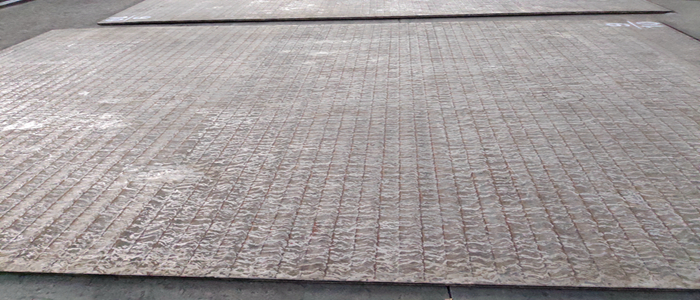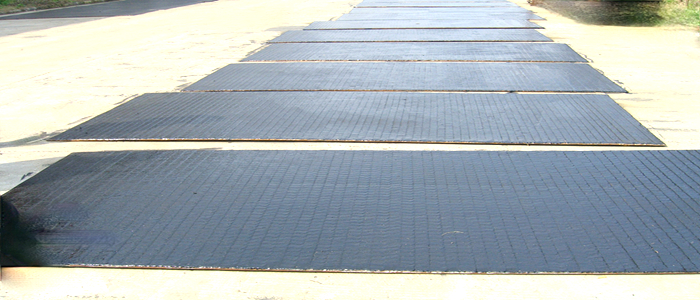Flotation concept
Flotation (floating beneficiation ) is a beneficiation process in which solid minerals emerge from a suspension of water (pulp). The current widespread application is froth flotation. The essence is: the ore is added with water to form a slurry, treated with a flotation agent, then stirred in a flotation machine, and air is introduced to form a bubble, so that a part of the floatable mineral adheres to the bubble and floats to the top of the slurry. The foam is formed and scraped out is a foam product called a concentrate. Some of the non-floating gangues do not adhere to the bubbles and remain in the slurry, which is a non-foamed product called tailings, thus achieving the purpose of sorting.
By alloying several percent of carbon with a minimum, 12 % alloy (primarily chromium), hard carbides are formed and dispersed throughout the surfacing deposit.
These dispersed carbides are much harder than the surrounding matrix and provide excellent abrasion resistance. They are used when the primary wear factor is abrasion. At the lower end of the carbon range (less than 3 %) the quantity of carbides is small compared to the matrix where they are dispersed.
These alloys exhibit good abrasive wear resistance while retaining good toughness. These carbide-surfacing alloys are used to resist a combination of abrasion and impact. As the carbon content increases (to as much as 7 %), in the carbide containing alloys, the abrasion resistance increases and the toughness decreases. This is due to the higher percentage of carbides. As carbides are undermined and knocked out by moving abrasive particles, additional carbides are uncovered to further resist abrasives and delay wear as shown in the diagram to the right.
The low carbon steel base plate enables the plate to be welded, bolted or studded to existing structures, while the hard facing provides the premier wear-resistant surface capable of working in all applicable service conditions at either ambient or elevated temperatures.
HP Wear Resistant Group offers various products of wear plates namely Cr-Carbide Weld Clad Plates, Smooth Surface CCO plate, Heat Treated Wear Plates (AR Plate or Q&T Steel), Casting Plates, Tungsten Carbide Coated Plates in various grade and multiple size options.
Due to its excellent properties, HP Wear Plates work for long-lasting service life and super performance, which are well applied to the industries like Cement Plant, Steel Mill, Mining Site, Power Generation, Construction where need combat with abrasion.


Weld Overlay Plate,Wear Plate, Composite Steel Plate, CCO Wear Plate, Bimetal Steel Plate
HuiFeng Wear Resistant Group , https://www.hpwearsolution.com